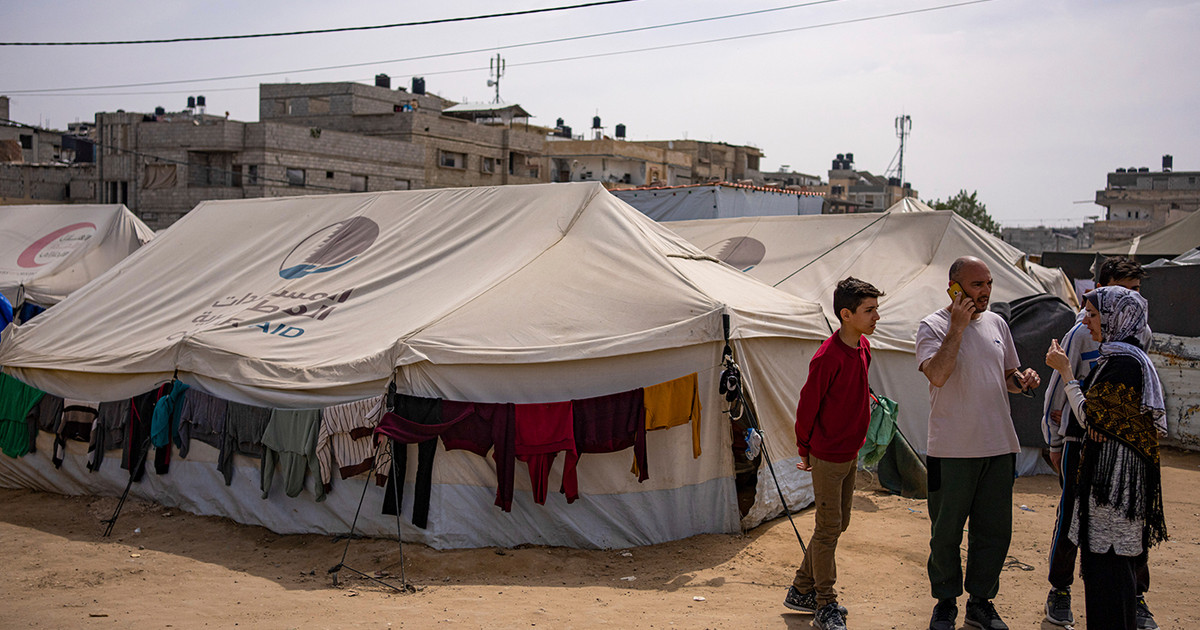Orange lava from a volcanic vent on Iceland’s Reykjanes Peninsula and shadows on a mountaintop on a glacier in Yukon, Canada are among the winning images of the second annual Natural Landscape Photography Award.
The two photos, by Austrian Philipp Jakesch and Canadian Jim Lamont, respectively, took home the joint award in the “Photo of the Year” category.
“With climate change, Lowell Glacier, like most glaciers in the world, is crumbling into ruins and its surface is gradually disappearing under dirt and debris as the ice melts”, details Lamont. “The image is meant to suggest the wave of destruction that will overwhelm us unless we stop dumping carbon into the atmosphere.”
Glaciers are melting much faster than expected, according to a 2021 study. From 2000 to 2019, the rate of melting accelerated from an estimated 36 centimeters per year to 69 centimeters per year. Melting glaciers have contributed to an estimated 21% rise in sea levels since 2000, representing more than half a centimeter of rise. The fastest increases in melting have occurred in Alaska, western Canada and the United States.
The “Photographer of the Year” award, which looks at a larger body of work, went to American Brent Clark, who entered stunning desert photos, from a desert canyon in Utah to an alpine lake in Wyoming, all in the USA .

The competition was launched last year by four landscape photographers (Tim Parkin, Matt Payne, Rajesh Jyothiswaran and Alex Nail) based on a golden rule: that the integrity of the photographed location be maintained.
Strict rules limit the amount of digital manipulation allowed on images, and the judging panel must have access to the original raw files to verify authenticity. “At the heart of it all is a love and respect for the landscape,” says Tim Parkin, one of the organizers. “One of the other goals is to be able to show people a range of incredible images in a way that they don’t immediately think there’s Photoshop work there”, he adds.
Prohibited techniques include combining two images of different focal lengths, distorting existing elements to make them appear more dramatic, or removing significant parts of the scene. Standard post-processing techniques such as exposure, color and contrast correction, as well as dust spots and flare corrections are allowed.
“By constraining our photographs to represent the natural world in a true way, we build confidence in the unique position of our art, combining real experiences with artistic creation,” says the competition website.
In 2022, 10,700 photographs were entered in the competition, coming from 55 countries and 1,179 photographers. They were judged by a panel of eight experts and photographers who awarded a total of US$38,750 (about R$210,000) in prizes across 24 categories.
Source: CNN Brasil
Bruce Belcher is a seasoned author with over 5 years of experience in world news. He writes for online news websites and provides in-depth analysis on the world stock market. Bruce is known for his insightful perspectives and commitment to keeping the public informed.






